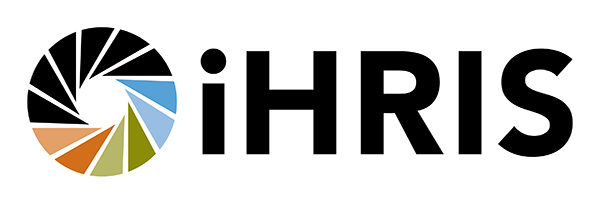Health Worker Migration and HRIS
The migration of health workers continues to be a hot topic in the healthcare world. The WHO’s 2006 World Health Report cited a global shortage of 4.3 million health workers. This shortage is concentrated in sub-Saharan Africa, which has 25% of the global burden of disease but only 3% of the world’s health workforce.
The departure of health workers from their country of training often presents a significant cost to that country. The primary result of this type of emigration is a “brain-drain” of smart, ambitious, highly educated people. While only a small number of physicians trained in sub-Saharan Africa migrate, the total pool of trained physicians is relatively small. This means that the percentage of physicians who migrate is substantial and represents a significant loss for these countries. The financial loss can be considerable, as training a health worker can be quite costly and many training institutions are publicly financed. However, the cost of lives lost is the most tragic result of large-scale health worker migration. When health workers are too few or too thinly spread, they are unable to provide life-saving health services to individuals, families, and communities.
International migration is not the only challenge. Internal migration, the migration of health workers within a particular country, can also cause imbalances in a national health workforce. For example, many trained health workers prefer to live and work in urban areas. Rural areas and areas where the poorest of the poor live are often underserved due to a lack of health workers.
There are a number of reasons that health workers migrate. Not surprisingly, salaries play a significant factor, as labor flows to the places where it is valued most. However, income is only one of the reasons a health worker may decide to migrate. Working conditions, political instability, career opportunities, and a number of other factors also play a role.
So what does health worker migration have to do with HRIS? Well, one of the reasons health worker migration is so challenging is that Ministries of Health have a difficult time estimating the extent of the problem. A functioning HRIS enables decision-makers to obtain data about who is active in the health workforce and who has left. The HRIS data can be analyzed to determine migration trends and identify characteristics of health workers who tend to migrate internationally. In addition, the HRIS can be used to compare the number and cadres of health workers in different areas of a country. Planners and stakeholders can then use this information to identify and prioritize gaps in needed skill sets by geographic area, and can create policies that seek to resolve these gaps. For example, such policies could include promoting nursing education for residents in a particular district or establishing a skilled birth attendant training program in key rural areas. The HRIS could then be used to monitor and track the individuals trained to determine whether the trained workers stay in their location of training and the intervention should be scaled up.
